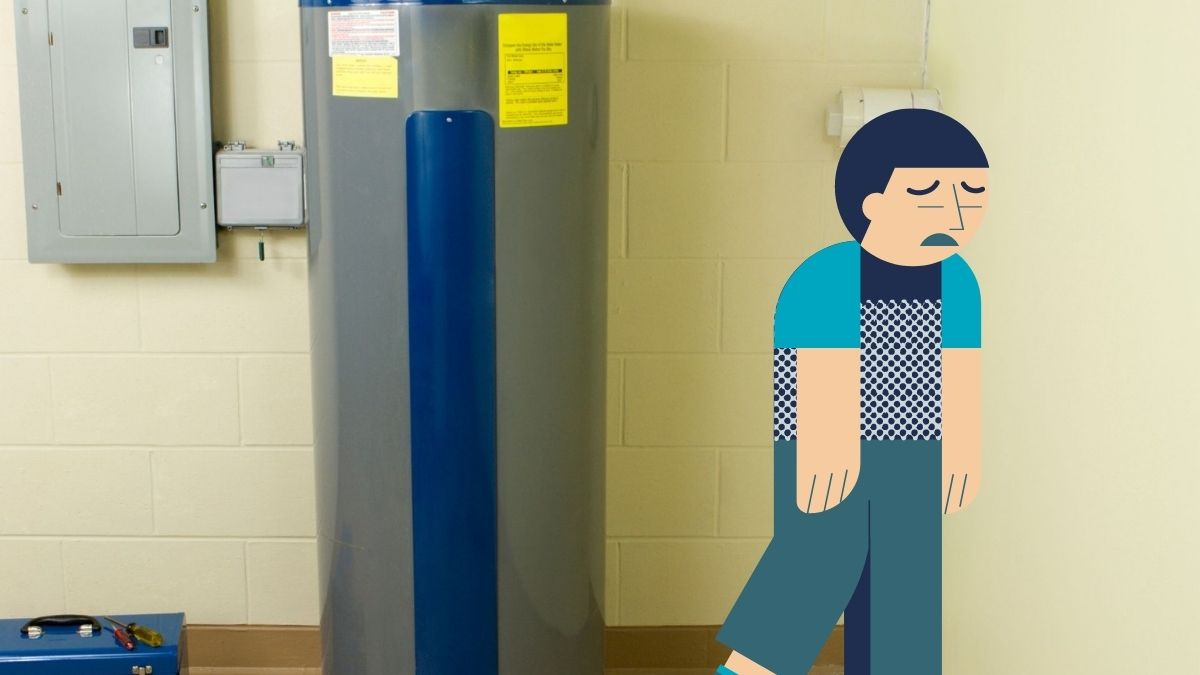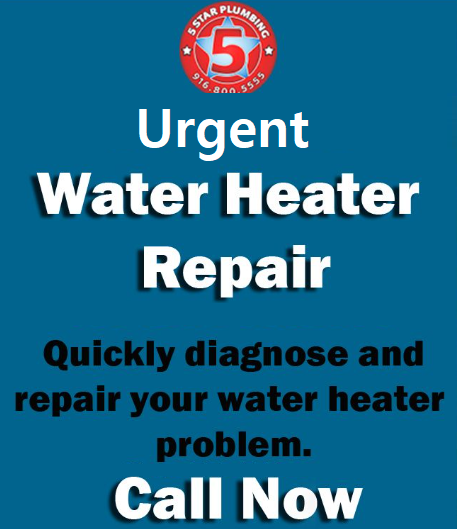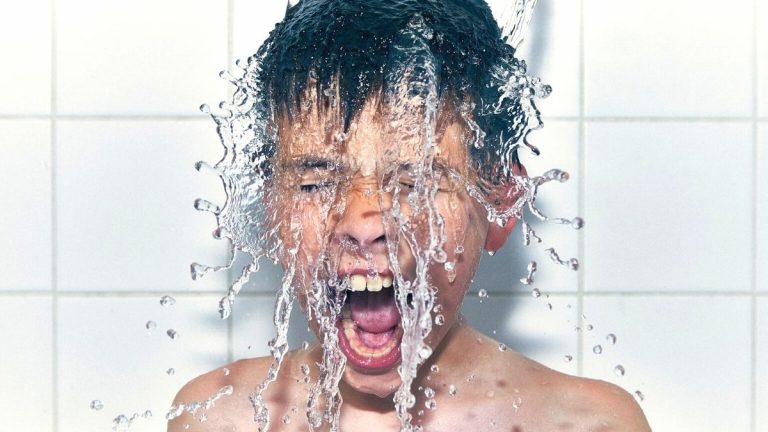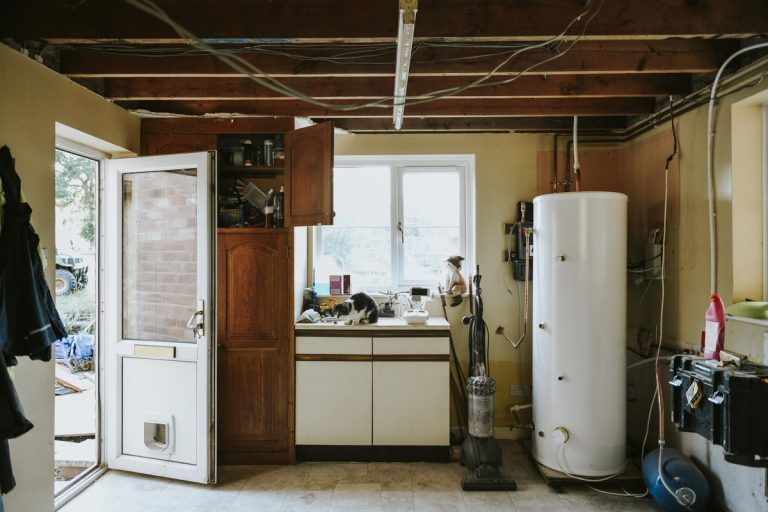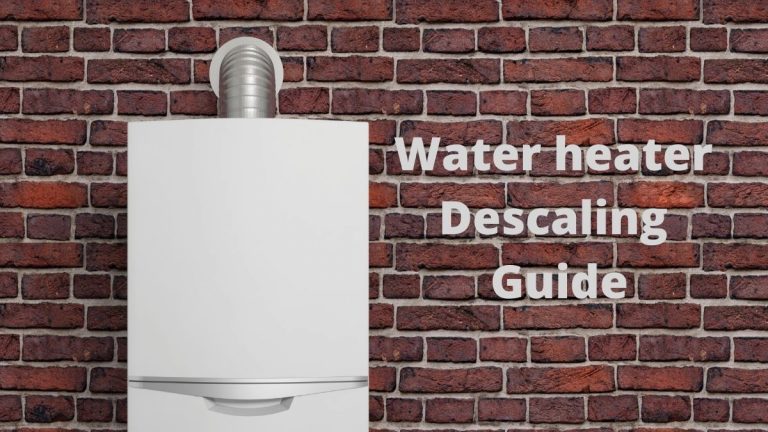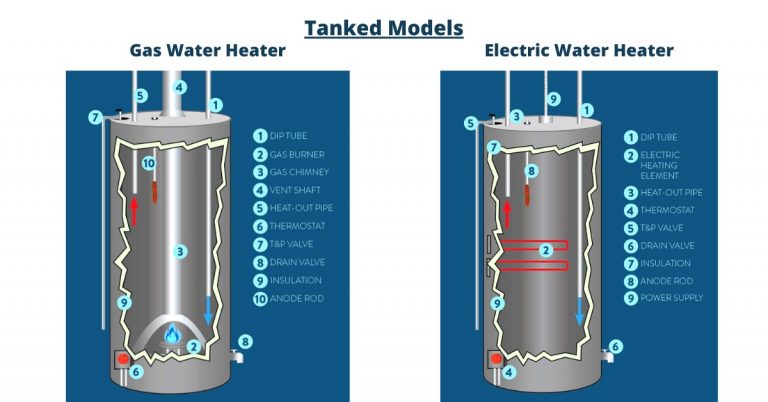5 Reasons Water Heater Not Heating After Replacing the Elements & Thermostat
Is your water heater not heating after replacing the elements and thermostat? I have got you covered, keep reading!
I know how frustrating it can be when you put so much time and effort into fixing a thing and it still doesn’t work after all. But don’t worry, I will guide you from here on as to what to do next.
There can be a lot of things that can go wrong when water doesn’t heat even after replacing both essential components. Things like a tripped breaker, wrong wire connection or broken wires, and faulty replaced parts are some of the possible culprits. But there can be more to it.
In this guide, we are going to talk in detail about all of the possible factors that could be the actual problem with your water heater and what you should do to fix it. So let’s jump straight into it.
5 Potential reasons why your water heater not heating even after replacing both elements & thermostat & how to fix it!
Before we head on to diagnosing and troubleshooting the water heater, make sure you have waited at least 30 minutes to an hour for the water heater to heat the water. Sometimes it takes longer for water to heat. If you waited and it didn’t work then let’s head on.
1. Tripped circuit breaker
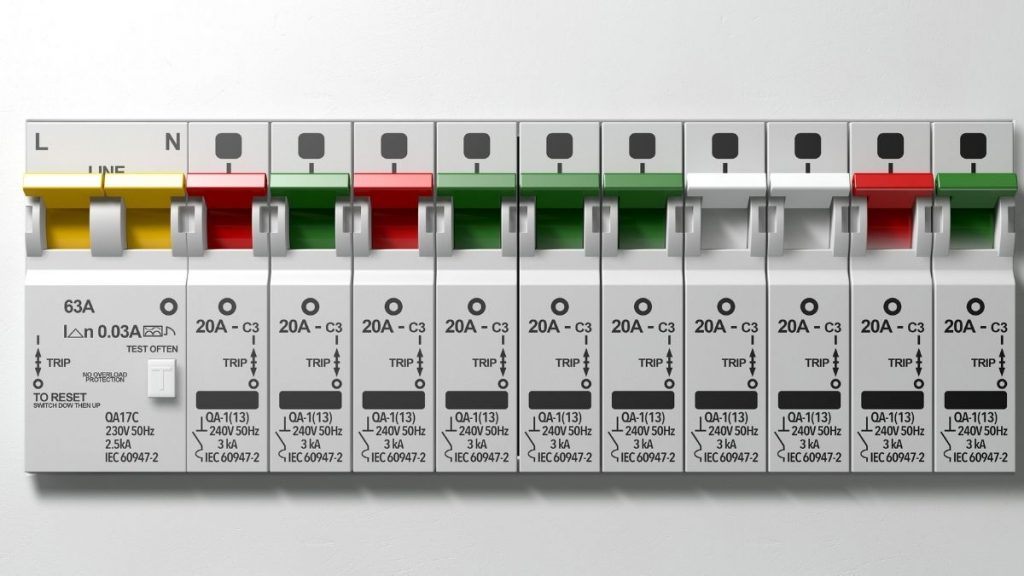
Let’s start with simpler and easy-to-follow steps.
Go ahead and open the breaker box of your home. There should be a double pole breaker labeled for the water heater. Is it tripped or down? If yes then maybe that’s the cause of all this mess up. Why it tripped is the case for investigation but for now, pull up the breaker and your problem should be solved. If it trips again then there’s something short circuit in the water heater and you should call the electrician for investigation. That’s a safer option in my opinion.
If the breaker is not tripped then move on to the next step which is
2. Flushing the water heater
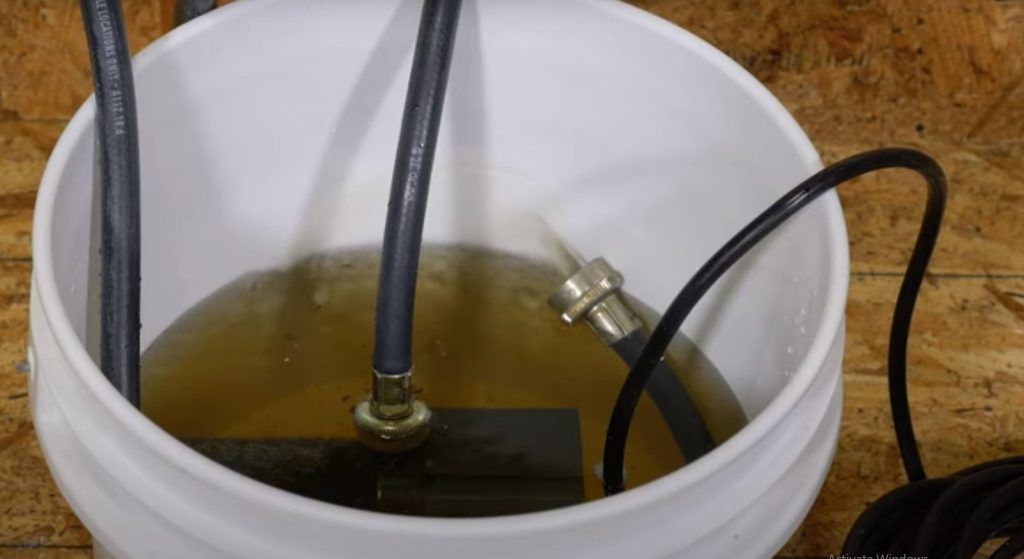
When was the last time you flushed your water heater? Can you recall it? I know I talk about flushing water heaters in every other troubleshooting guide of mine but that’s for a reason. Scale build can cause a variety of problems with your water heater and I have seen that a lot in my 10+ years of plumbing career.
And electric water heaters accumulate scales faster than gas-fired units. You should flush your tank and descale it at least once a year. If you haven’t done it for years then maybe it’s time now. This guide to the descaling water heater will come in handy for you. Once you descale, it’s likely that the unit will heat up water.
Descaled recently but still has no luck.
3. Check for proper wiring
I hope you did the connections exactly in the manner that it previously was. And also that you installed relevant and suitable elements and thermostat. But did you check up on the wiring?
Maybe there’s a loose connection here or there or a broken wire. I remember one such incident where everything was correct but the slightly damaged wire going to the unit dropped voltage which kept water from heating.
But before you perform this step. Shut off the supply from the breaker panel and then check the wires and connections.
4. Test the continuity of the heating element and thermostat
So okay you bought a brand new thermostat and element. But that doesn’t 100% guarantee that it’s working. There’s a chance that one of the parts itself is bad. But how would you know that? You will need to test the element and thermostat.
For this step, you will need a multimeter and a screwdriver which you already have since you just replaced parts.
Shut the main supply. Open those access panels of the water heater. Set the multimeter to the lowest reading of ohms. Disconnect the wires connected upper element and touch the probes of the multimeter to each screw of the element. Observe the reading. If it’s between 10-12 ohms then the element is working if it’s infinite or very low then it’s defective. Perform a similar step for the second element.
After that, you will want to perform the test for the thermostat. The videos below shall help you with testing both the heating element and thermostat.
5. Check the feed supply
If you performed all the steps above but still had no results then chances are the problem is with the main supply. Performing this test requires dealing with 240volts. If you aren’t comfortable with that then I advise calling the electrician and letting him do the job.
All right. So open access panel. Keep all connections intact. Resume the supply from the breaker. Get your multimeter, set it to voltage, and check the supply at the element. Is it 240 volts? If it is then the feed is good. Otherwise, there’s a voltage drop at the feed of your home and you should call an electrician. Have you noticed your other electric appliance like the dryer, and electric oven not working? These are telltale signs of a feed problem.
In case you plan to switch over to a tankless water heater then you will want to go through this guide for expected expenses and if this will even be worth it.
Over to you!
So I hope this 5-step guide to troubleshooting the water heater not heating after replacing the elements and thermostat was helpful to you and hope you could finally get hot water. If it didn’t work then call the electrician. How old is your water heater anyway? It can last a max of 12 years. If it’s older then it’s time to switch to more efficient tankless water heaters. For that, you will want to know which heater brand offers the best service including a warranty or go straight to my top recommendations.

